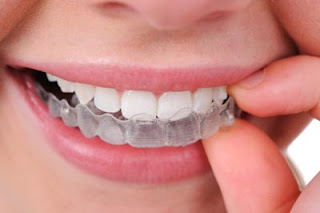Welcome to Aesthetics and Implants;
How a root canal is different from a filling
You might wonder why your dentist suggested a root canal instead of a filling, especially if you’re not in too much pain. The truth is, if your dentist is telling you a root canal is needed, then it’s already too late for a filling. Decay can leave holes in your teeth, and this is where fillings come in – they literally fill the holes.
But if the decay gets deeper into the tooth, down into the root, it can lead to infection, which, if left unchecked, can spread into the gums and jaw. Worst-case scenario, the infection might get into your bloodstream, leading to sepsis, which in turn could lead to a heart attack or stroke. A filling in this situation will only cover the infection up, letting it spread. The only way to get rid of it is by cleaning it out with a root canal treatment.
Dentist root canal xray
Is a root canal more painful than other treatments? Root canals are synonymous with pain and discomfort, but is this fair? The image of root canal treatment being somehow disproportionately painful probably comes from years ago before modern techniques were discovered. It’s one thing to pull a tooth, it’s quite another to clean out an infection in one.
Anyone attempting this before modern anaesthetic or even the correct tools for the job would undoubtedly result in a very painful procedure with long and uncomfortable recovery time. However, those practices were many years ago, and modern root canal treatment is now no more painful or uncomfortable than having a regular filling. Any pain felt during a root canal is from the infection itself, not the treatment, and in fact, the procedure is designed to relieve pain, not cause it.
Modern technology and the use of anesthetics and sleep dentistry make this procedure quick, safe, typically pain-free, and an excellent way to help save the natural tooth.




Comments
Post a Comment